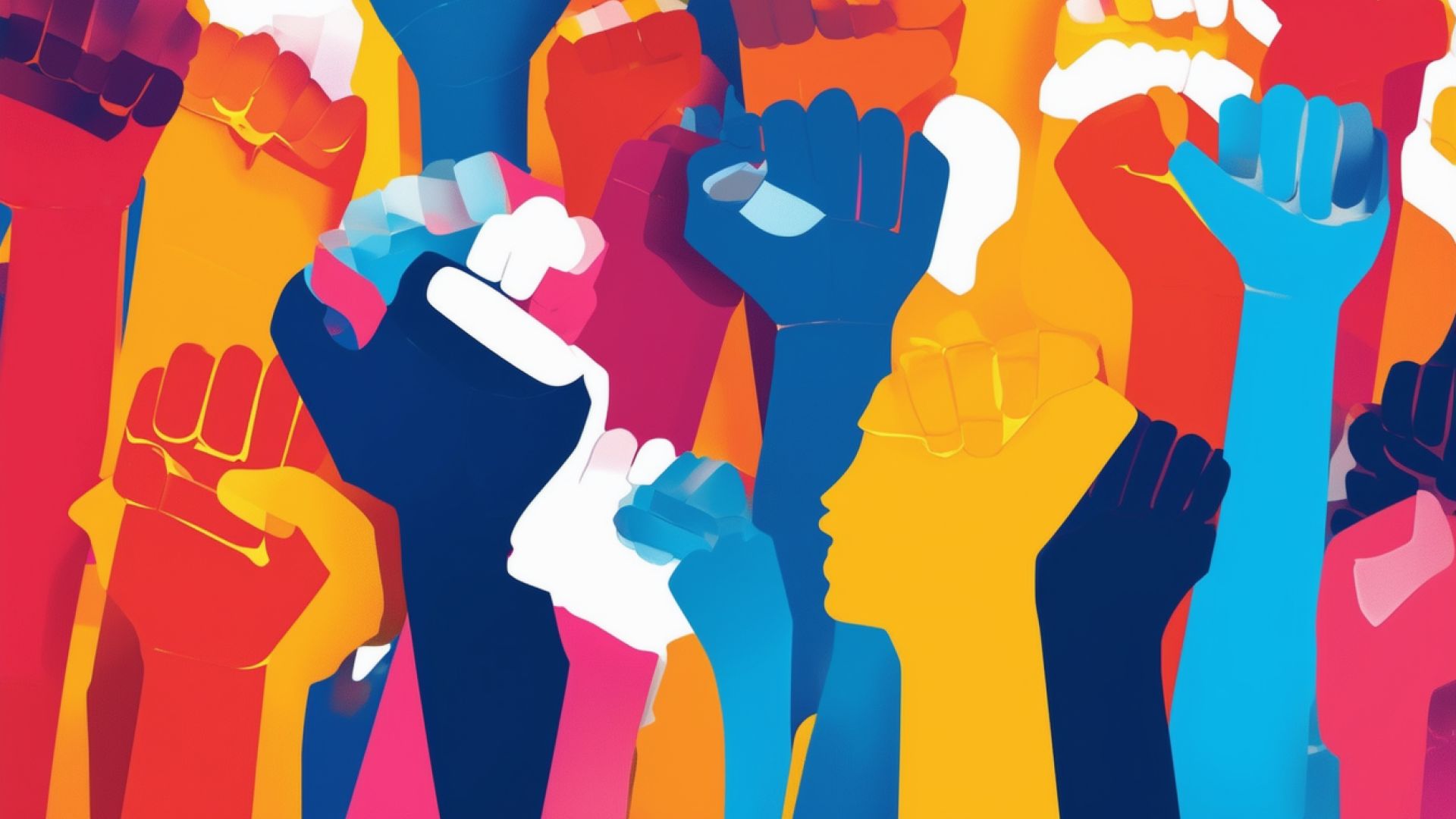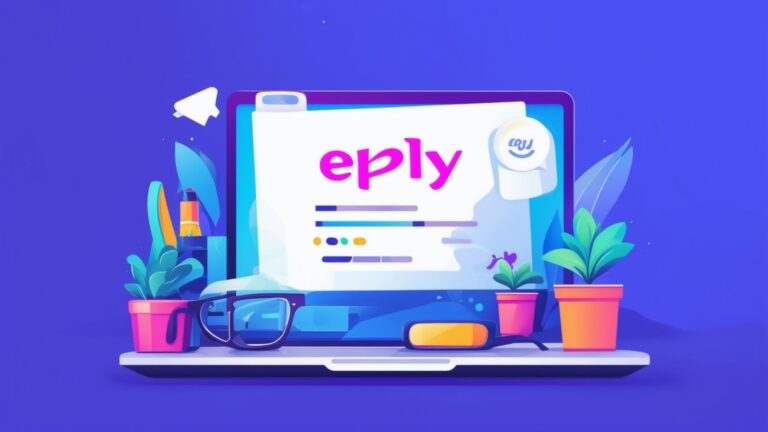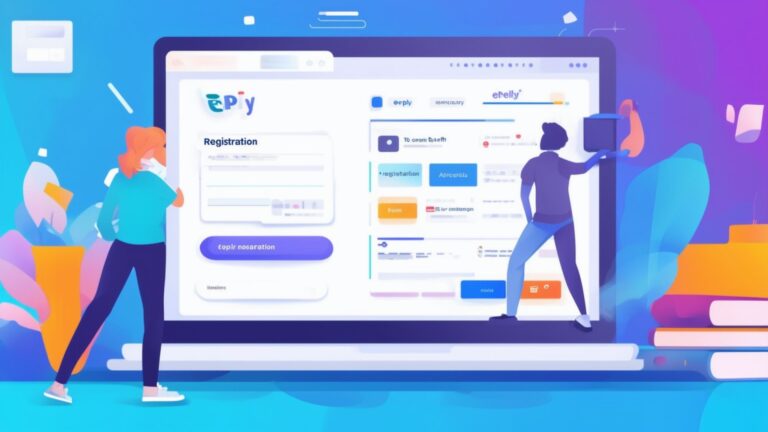Promoting Diversity Within Your Next Event
Introduction
Importance of Diversity
Promoting diversity in events is crucial in today's world, especially given the increasing awareness of systemic sexism, racism, and abuse. Ensuring that events are inclusive and representative of all groups helps to create a more equitable society. By embracing diversity, event planners can foster environments where everyone feels valued and respected.
Moreover, diverse events can lead to richer discussions, innovative ideas, and a broader range of perspectives. This not only benefits the attendees but also enhances the overall quality and impact of the event. It's essential to recognize that diversity goes beyond just gender and race; it includes age, physical ability, and experience as well.
Current Trends in Event Diversity
In recent years, there has been a significant push from marginalized groups to be heard and represented. This trend has influenced various industries to address diversity issues more proactively. For instance, in 2018, many industries began to take concrete steps to ensure that their events were more inclusive.
Despite these efforts, there is still a long way to go. Men continue to outnumber women 2-to-1 as speakers at conferences. This disparity highlights the need for ongoing efforts to promote diversity and ensure that all voices are heard. By staying informed about current trends, event planners can better address these challenges and create more inclusive events.
Objectives of Promoting Diversity
The primary objective of promoting diversity in events is to create spaces where everyone feels represented and welcome. This involves not only having a diverse lineup of speakers but also ensuring that the event policies and practices are inclusive. By doing so, event planners can attract a broader audience and foster a sense of belonging among all attendees.
Another key objective is to address and mitigate the risk of sexual harassment at events. With 40% of meeting planners believing that the meetings industry is at higher risk for sexual harassment compared to the general working world, it is crucial to implement measures to minimize this risk. This includes creating a safe and respectful environment for all participants.
Planning for Diversity
Assembling a Diverse Speaker Lineup
One of the most effective ways to promote diversity at events is by assembling a diverse speaker lineup . This means ensuring that speakers represent multiple racial and ethnic groups, as well as diversity in age, gender, physical ability, and experience. Avoiding all-male panels and ensuring that diverse speakers play significant roles can make a substantial difference.
To achieve this, event planners can collect data on the makeup of attendees to better understand and serve the communities they represent. By doing so, they can ensure that the event reflects the diversity of its audience and provides a platform for a wide range of voices and perspectives.
Creating Inclusive Event Policies
Inclusive event policies are essential for promoting diversity and ensuring that all attendees feel welcome. This includes implementing anti-harassment policies, providing gender-neutral restrooms, and offering accommodations for individuals with disabilities. By creating a safe and inclusive environment, event planners can encourage participation from a diverse range of attendees.
Additionally, it's important to communicate these policies clearly to all participants before and during the event. This helps to set expectations and ensures that everyone is aware of the measures in place to promote inclusivity and respect.
Ensuring Accessibility
Accessibility is a critical aspect of promoting diversity at events. This involves ensuring that the event venue is accessible to individuals with disabilities, providing sign language interpreters, and offering materials in multiple formats. By prioritizing accessibility, event planners can create an inclusive environment where everyone can participate fully.
Moreover, it's important to consider the needs of attendees with different backgrounds and experiences. This includes providing translation services for non-native speakers and offering dietary options that cater to various cultural and religious preferences. By addressing these needs, event planners can ensure that all attendees feel welcome and included.
Implementing Diversity Initiatives
Offering Financial Assistance and Scholarships
Financial barriers can often prevent individuals from attending events. To promote diversity, event planners can offer financial assistance and scholarships to underrepresented groups. This helps to ensure that everyone has the opportunity to participate, regardless of their financial situation.
By providing these opportunities, event planners can attract a more diverse audience and create a more inclusive event. It's important to promote these initiatives widely to ensure that those who need assistance are aware of the available options.
Using Inclusive Images and Graphics
The images and graphics used in event marketing materials play a significant role in promoting diversity. By using inclusive images that represent a wide range of individuals, event planners can send a strong message that everyone is welcome. This includes showcasing people of different races, genders, ages, and abilities.
Additionally, it's important to avoid stereotypes and ensure that the images used are respectful and representative of the diversity within the community. By doing so, event planners can create a more inclusive and welcoming atmosphere.
Choosing Diverse Vendors
Another way to promote diversity is by choosing diverse vendors for the event. This includes working with vendors from different racial and ethnic backgrounds, as well as those who represent other aspects of diversity. By supporting diverse businesses, event planners can contribute to a more equitable economy and promote inclusivity.
Moreover, working with diverse vendors can bring new perspectives and ideas to the event, enhancing the overall experience for attendees. It's important to actively seek out and engage with diverse vendors to ensure that the event reflects a wide range of voices and experiences.
Engaging Attendees
Interactive and Inclusive Experiences
Creating interactive and inclusive experiences is key to engaging attendees and promoting diversity. This includes offering a variety of session formats, such as workshops, panel discussions, and networking events, to cater to different preferences and learning styles. By providing diverse opportunities for engagement, event planners can ensure that all attendees feel included and valued.
Additionally, it's important to create spaces where attendees can share their experiences and perspectives. This can be achieved through interactive activities, such as group discussions and collaborative projects, that encourage participation from everyone.
Personalized Attendee Journeys
Personalizing the attendee journey can help to create a more inclusive and engaging experience. This involves understanding the unique needs and preferences of each attendee and tailoring the event experience accordingly. By doing so, event planners can ensure that everyone feels valued and included.
For example, offering personalized schedules, providing recommendations based on interests, and creating opportunities for attendees to connect with others who share similar backgrounds and experiences can enhance the overall event experience.
Encouraging Networking and Connections
Networking is a crucial aspect of any event, and promoting diversity in networking opportunities can help to create a more inclusive environment. This includes creating spaces where attendees from different backgrounds can connect and share their experiences. By fostering these connections, event planners can help to build a more diverse and supportive community.
Additionally, it's important to provide structured networking opportunities, such as facilitated discussions and networking sessions, to ensure that everyone has the chance to participate. By doing so, event planners can create a more inclusive and engaging event experience.
Measuring and Sustaining Diversity Efforts
Collecting Feedback and Data
Collecting feedback and data is essential for measuring the success of diversity efforts and identifying areas for improvement. This includes gathering feedback from attendees on their experiences and collecting data on the diversity of speakers, vendors, and attendees. By analyzing this information, event planners can make informed decisions and continuously improve their diversity initiatives.
Additionally, it's important to share the results of these efforts with stakeholders and attendees to demonstrate the commitment to promoting diversity and inclusivity. This transparency can help to build trust and encourage ongoing support for diversity initiatives.
Continuous Improvement Strategies
Promoting diversity is an ongoing process that requires continuous improvement. This involves regularly reviewing and updating event policies and practices to ensure that they remain inclusive and effective. By staying informed about best practices and industry trends, event planners can continuously enhance their diversity efforts.
Moreover, it's important to seek feedback from diverse groups and involve them in the planning process. This can help to ensure that the event reflects the needs and perspectives of all attendees and fosters a more inclusive environment.
Certifications and Recognitions
Obtaining certifications and recognitions for diversity efforts can help to demonstrate a commitment to inclusivity and attract a more diverse audience. This includes seeking out certifications from reputable organizations and promoting these achievements in event marketing materials.
Additionally, recognizing and celebrating the contributions of diverse individuals and groups within the event can help to create a more inclusive and supportive environment. By highlighting these achievements, event planners can inspire others to prioritize diversity and inclusivity in their own events.
Conclusion
Summarizing Key Points
In conclusion, promoting diversity in events is essential for creating inclusive and equitable environments. By assembling a diverse speaker lineup, creating inclusive event policies, ensuring accessibility, and implementing various diversity initiatives, event planners can foster a sense of belonging among all attendees.
Engaging attendees through interactive and inclusive experiences, personalized journeys, and networking opportunities can further enhance the event experience. Additionally, measuring and sustaining diversity efforts through feedback, continuous improvement, and certifications can help to ensure long-term success.
Call to Action
Event planners are encouraged to take proactive steps to promote diversity and inclusivity in their events. This involves not only implementing the strategies discussed but also continuously seeking out new ways to enhance diversity efforts. By doing so, they can create more inclusive and impactful events that benefit everyone involved.
It's important to remember that promoting diversity is an ongoing process that requires commitment and dedication. By prioritizing inclusivity, event planners can make a meaningful difference and contribute to a more equitable society.
Looking Forward
Looking forward, the importance of promoting diversity in events will continue to grow. As awareness of systemic issues increases, there will be a greater demand for inclusive and representative events. By staying ahead of these trends and continuously improving diversity efforts, event planners can ensure that their events remain relevant and impactful.
Ultimately, promoting diversity is not just about meeting current demands but about creating a better future for all. By embracing diversity and inclusivity, event planners can help to build a more equitable and just society.







